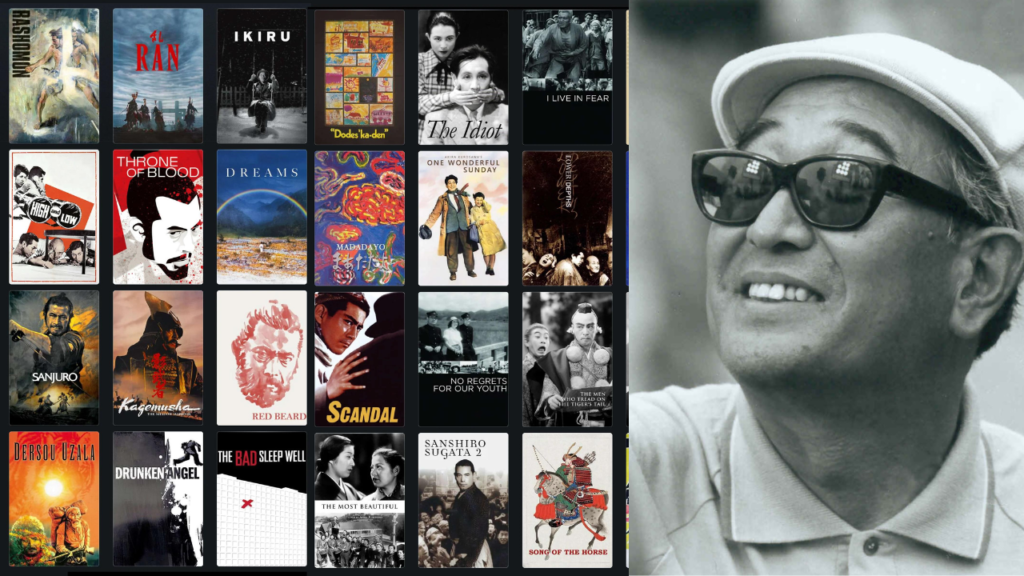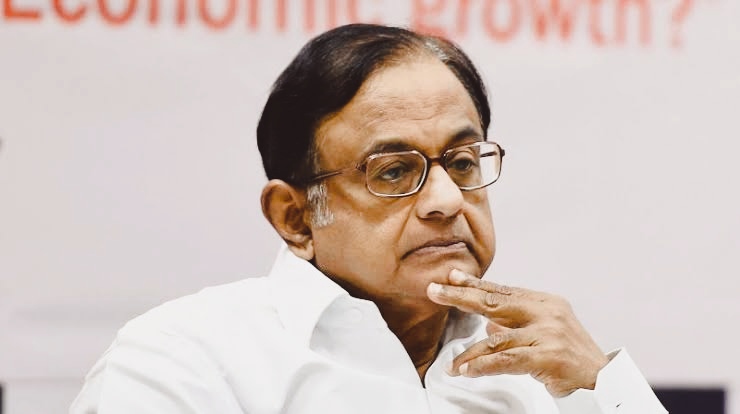Entertainment Desk, BT: Akira Kurosawa, a luminary in the world of cinema, crafted a cinematic legacy that transcends cultural boundaries. Born in Tokyo in 1910, Kurosawa’s journey into filmmaking commenced at the age of 26 when he began an apprenticeship at PCL studios. His earliest directorial works, including “No Regrets for Our Youth” (1946) and “Drunken Angel” (1948), marked the beginning of a critical engagement with contemporary Japan.
The Mifune Collaboration:
Drunken Angel introduced the iconic collaboration between Kurosawa and the talented actor Toshiro Mifune. This partnership continued to flourish in “Stray Dog” (1949), where Mifune portrayed a policeman on a relentless quest to retrieve his stolen gun. Set during a sweltering summer, this film not only showcased Kurosawa’s affinity for contemporary Tokyo but also revealed his admiration for American genre pictures.

International Breakthrough: Rashômon (1950)
The turning point in Kurosawa’s career came with “Rashômon” (1950), a film recognized at Venice and the Oscars. This masterpiece, recounting a bandit’s ambush from multiple, contradictory perspectives, not only catapulted Kurosawa to international acclaim but also became the standard-bearer for the emerging wave of Japanese cinema. Its radical challenge to conventional narrative and stylized photography left an indelible mark on the cinematic landscape.
Exploration of European Literature: The Idiot (1951)
Despite enduring indignation over its length being slashed, “The Idiot” (1951) showcased Kurosawa’s skill in adapting European literary sources to a Japanese context. Dostoyevsky’s novel found a new setting in Hokkaido, with Masayuki Mori as a war criminal and Mifune as his temperamental friend, highlighting Kurosawa’s versatility.
Humanist Masterpiece: Ikiru (1952)
“Ikiru” (1952) delves into the final phase of a middle-aged salaryman’s life, portraying Kurosawa in full-blooded humanist mode. Takashi Shimura’s powerful performance captures the bureaucrat’s journey from alienated despair to a redemptive pursuit, showcasing Kurosawa’s ability to touch the depths of the human soul.
Cultural Triumph: Seven Samurai (1954)
“Seven Samurai” (1954), a monumental achievement in Japanese cinema, depicted a band of masterless samurai defending a village from bandits. This film, with its unprecedented budget and box-office success, not only influenced Western cinema profoundly but also reflected Kurosawa’s mastery of storytelling.
Shakespearean Adaptation: Throne of Blood (1957)
“Throne of Blood” (1957), Kurosawa’s adaptation of Macbeth set in medieval Japan, stands as one of the most impressive screen adaptations of Shakespeare. With Mifune at the center of a stark world filled with violence, beauty, and irony, Kurosawa’s visual prowess is on full display.
Widescreen Mastery: The Hidden Fortress (1958)
In “The Hidden Fortress” (1958), Kurosawa, in his first widescreen endeavor, seamlessly blended Japanese and Hollywood tropes. Starring Mifune in a period samurai adventure, the film’s influence is evident in George Lucas’s Star Wars, illustrating Kurosawa’s impact on global cinema.
Innovative Storytelling: Yojimbo (1961)
“Yojimbo” (1961) drew on film noir and classical Westerns, proving massively influential with its tale of a nameless lone warrior playing criminals against each other. This film’s impact resonates through Sergio Leone’s works, showcasing Kurosawa’s enduring influence on the cinematic world.

Final Grand-Scale Project: Ran (1985)
The latter part of Kurosawa’s life saw struggles for artistic freedom, prompting him to seek funding beyond Japan. “Ran” (1985), influenced by King Lear, was a grand-scale project that showcased Kurosawa’s unwavering abilities despite professional and personal challenges.
A Glimpse into Kurosawa’s Dreams: Dreams (1990)
In the twilight of his career, Kurosawa presented “Dreams” (1990), an elliptical collection of tales inspired by his actual dreams. This film, along with two others, concluded Kurosawa’s remarkable journey before his death in 1998, leaving behind a rich legacy that continues to inspire and captivate audiences globally.
Conclusion:
Akira Kurosawa’s cinematic oeuvre is a testament to his unparalleled vision and storytelling prowess. From his early critical engagements with post-war Japan to his international breakthrough with “Rashômon” and the timeless masterpieces like “Seven Samurai” and “Ran,” Kurosawa’s impact on cinema is immeasurable. His collaborations with Toshiro Mifune, innovative storytelling techniques, and exploration of diverse genres make Kurosawa a true master of Japanese cinema, and his films remain timeless classics that continue to resonate with audiences worldwide.





